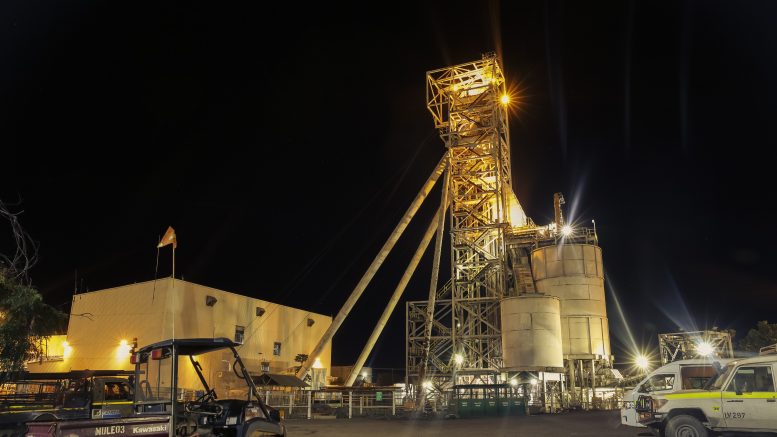VANCOUVER — Barrick Gold (TSX: ABX; NYSE: ABX) is wrapped up in a volatile sociopolitical situation in Tanzania that could materially impact its annual gold production. The company holds a 63.9% equity stake in Acacia Mining (LON: ACA), which emerged via the spin out of its subsidiary, African Barrick, seven years ago.
Acacia is the East African state’s largest gold producer thanks to a trio of mines, namely: Bulyanhulu, Buzwagi and North Mara. The company expects to produce between 850,000 oz. and 900,000 oz. in 2017, at all-in sustaining costs (AISC) ranging from US$880 to US$910 per oz. Barrick’s share of production would roughly equate to around 450,000 oz.
Acacia has been negotiating with the Tanzanian government over a halt on concentrate exports that President John Magufuli instituted on March 3. The measure was reportedly enacted over regulatory concerns surrounding valuation on mineral exports.

The North Mara gold mine hit commercial production in 2002 and has produced over 2 million oz. to date. Credit: Acacia Mining.
In 2016, the company’s concentrate sales accounted for around 45% of revenue at Bulyanhulu and 55% at Buzwagi. Overall, concentrates represented 30% of total revenues. Furthermore, BMO Capital Markets analyst Andrew Breichmanas calculates the suspension of exports results in “an average loss of over [$1 million] per day.”
The situation worsened on May 24 after a presidential committee of “academics and industry professionals” claimed that the value of minerals within Acacia’s inspected containers was “more than ten times the amount declared.”
The committee claims that “277 containers, representing production in January and February, hold between 250,000 oz. and 425,000 oz. gold,” versus a declared amount of around 26,000 oz.
The operations jointly generated 450,000 oz. in 2016, with around 205,000 oz. of that reporting to concentrate.
“The [findings] imply that Bulyanhulu and Buzwagi each produce more than 1.5 million ounces of gold per year. This would mean they are the two largest gold producers in the world; and that Acacia is the world’s third largest gold producer,” the company outlined in a press release.
Barrick said it was “offering Acacia its full support” in a May 25 press release, though the gold major reportedly contemplated selling its stake in the East African miner in mid-2016. Barrick said it would “evaluate any necessary adjustments to its full-year outlook should Acacia determine a revision to its own 2017 guidance.”

The Buzwagi mine started commercial production in 2009 and has produced over 1 million oz. to date. Credit: Acacia Mining.
Acacia had first-quarter production of 219,670 oz. gold at AISC of US$934 per oz. The company has been stockpiling its concentrate inventory during the negotiations, and reported it has “the capacity, if need be, to bulk store the concentrate for a period beyond the containment storage.”
Shares of Acacia dropped nearly 35%, or roughly US$1.91 per share, on the London Stock Exchange following the news. BMO Capital Markets cut its price target on the company from roughly US$7 to US$3.90 per share following the committee reports. Acacia reported net cash of US$196 million at the end of March.
“A discrepancy of such magnitude appears difficult to reconcile given that it would represent anomalous performance for well-established operations, indicate a significant failure of regulated export processes, and require collaboration from numerous entities,” Breichmanas wrote.
“Regardless, it now appears that a near-term resolution to resume concentrate exports may be difficult to achieve, likely forcing management to consider the suspension or curtailment of operations,” he added.

Bulyanhulu is an underground mine with shaft and ramp access, which is transitioning to long-hole as its principal mining method. Credit: Acacia Mining.
BMO Research concluded that the current “impact on … estimates for Barrick have been negligible,” though noted that risks to production guidance remain if negotiations with the Tanzanian government deteriorate further. Barrick expects to produce around 5.4 million oz. gold this year.


Be the first to comment on "Barrick, Acacia embroiled in political turmoil in Tanzania"